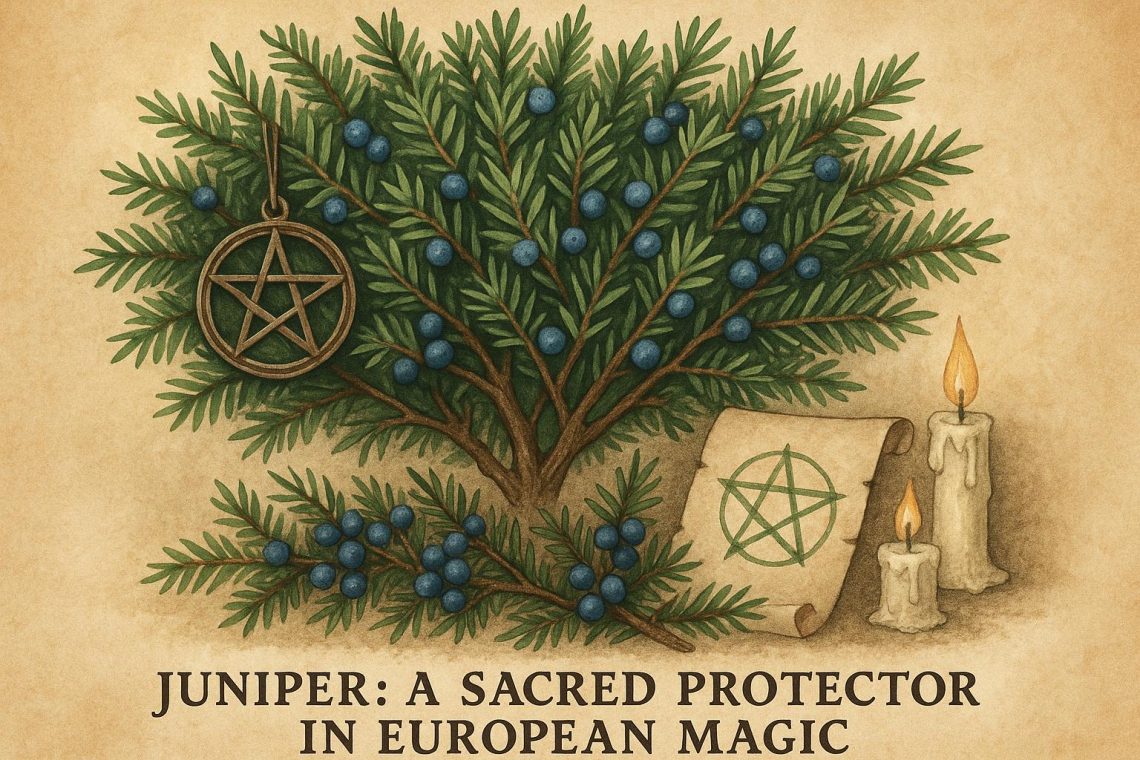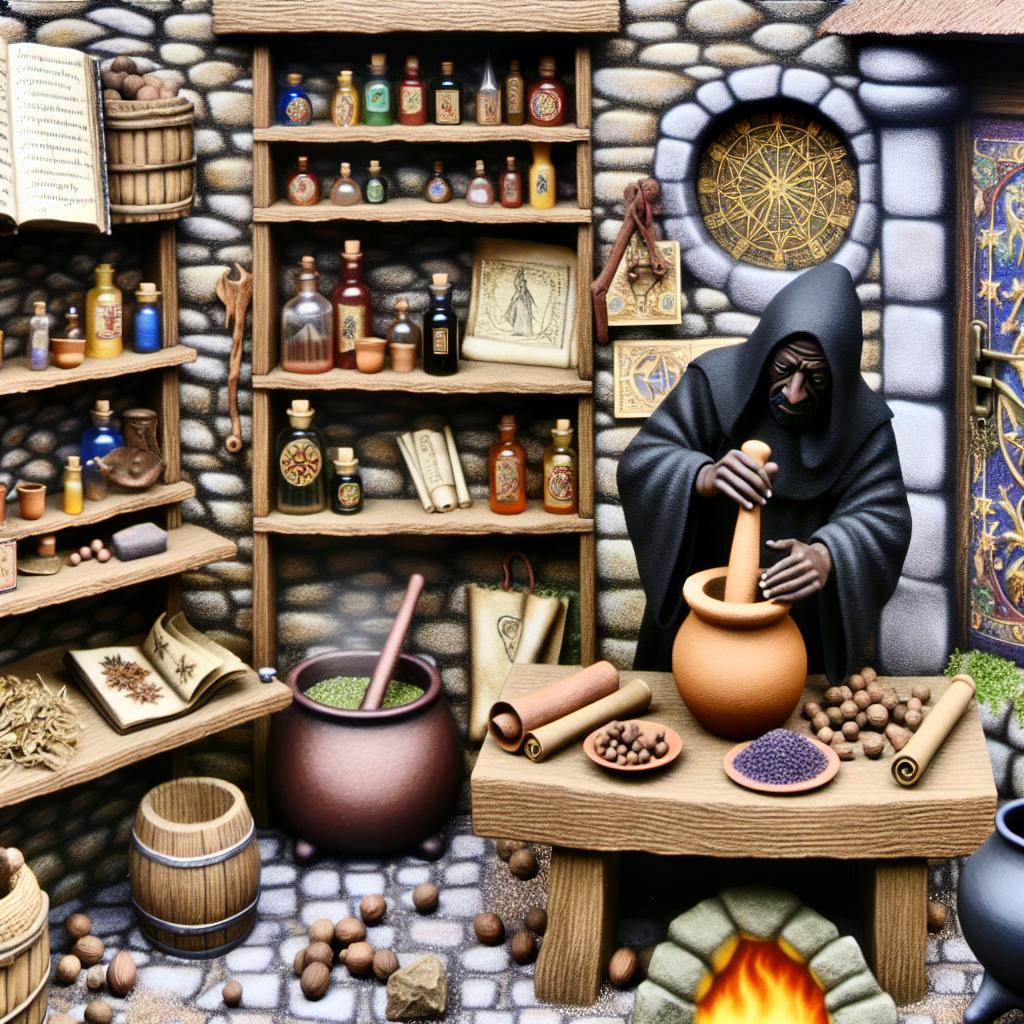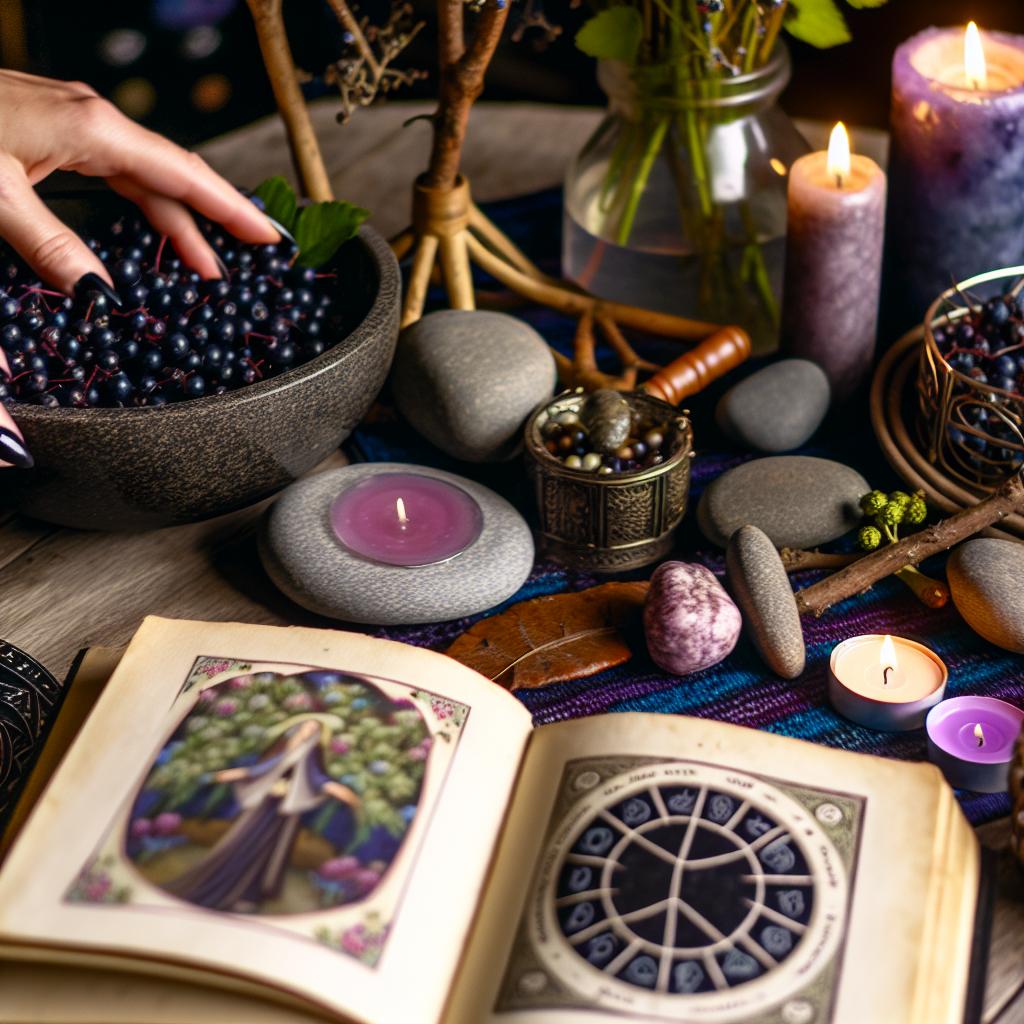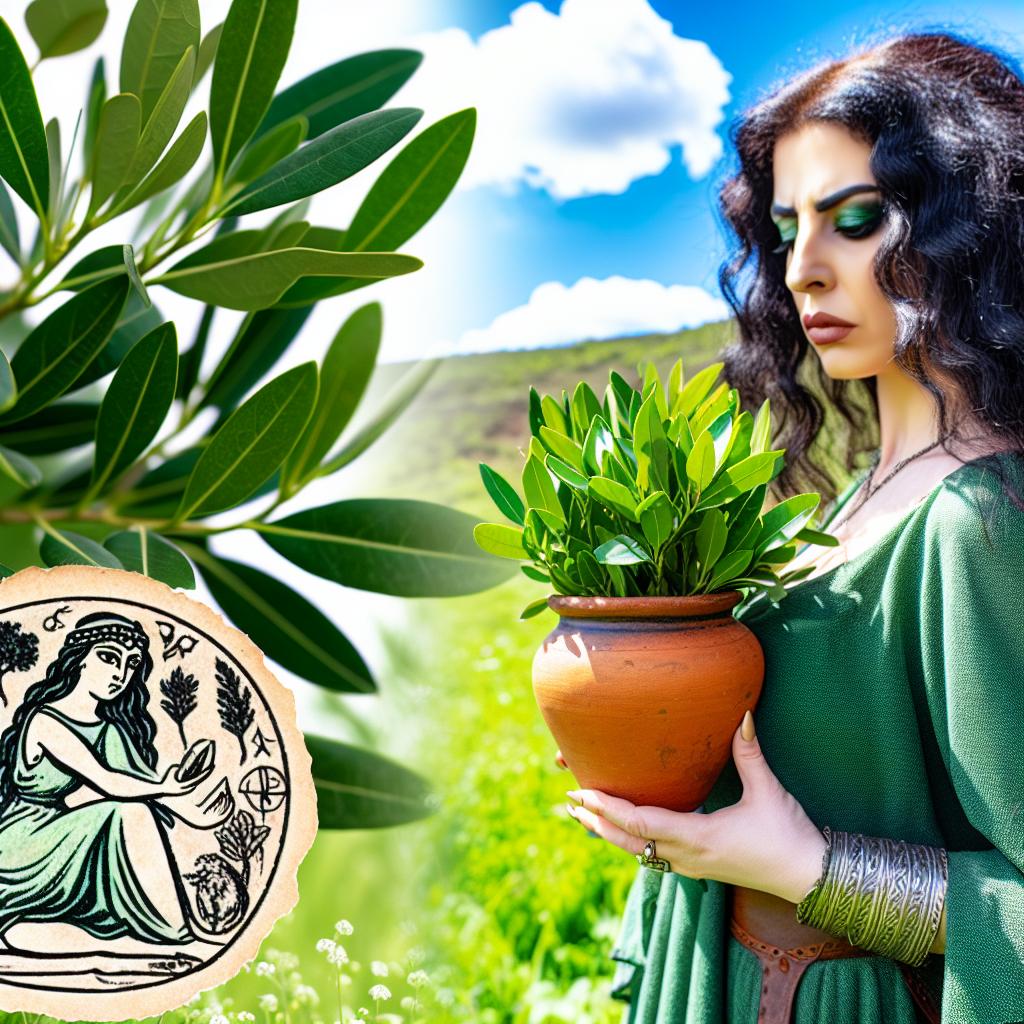Introduction to Juniper in European Magic
The juniper tree, often seen as a modest, spiky conifer, holds considerable importance in European magical traditions. This plant, well-regarded for its symbolic and practical uses across various cultures, represents a fascinating intersection of nature and mysticism. In essence, juniper’s longevity in folklore and spiritual practices underscores its reputation as a plant of protective prowess.
History and Folklore
Juniper’s history in European magic is as deep-rooted as the plant itself. For centuries, it has been employed in protective magic, especially valued for its supposed ability to shield from harm. Across the continent, people have turned to this tree, trusting in its capabilities to repel maleficent forces. The ancient Celts revered it as a gatekeeper against malevolent spirits, while the Norse associated it with both protective and luck-bringing attributes.
Ancient tales often blend juniper with notions of resilience and immortality. This symbolic power was highlighted in myths, where juniper sometimes took the role of a life-giving force, providing protection and purification. Many legends surround the plant, weaving narratives that celebrate its endurance and ability to thrive in harsh conditions, thus metaphorically underlining its protective nature.
The Protective Powers of Juniper
In Magical Practices: Across Europe, juniper has been a staple in magical practices due to its reputed spiritual defenses. It is frequently used in rituals to cleanse spaces of unwanted energies—spaces are fumigated with juniper smoke which is believed to carry away negative influences. This practice ties deeply to the belief that its powerful aroma can ward off malevolent spirits. Perfumed sachets made from dried juniper berries or hung in doorways and windows act as more permanent talismans against evil forces, thereby embracing its protective role.
In Home and Healing: Juniper’s use extends into hearth and home, not merely as a magical instrument, but also as a practical safeguard against physical ailments. Its berries and needles have been historically significant in traditional healing practices. The aromatic properties believed to chase away malign spirits are also used in therapeutic contexts. Juniper’s legacy among healers showcases a dual role: as a moderator of health and spiritual guard, underlining its historical reverence.
Juniper in Cultural Rituals
In many European cultures, juniper has been central to rituals aiming to purify and sanctify spaces. The act of burning juniper wood or using juniper incense serves to cleanse and sanctify areas designated for spiritual gatherings. This practice, embedded in ceremonial traditions, illustrates juniper’s extensive use beyond mere superstition—its smoke becomes an integral part of the ritualistic atmosphere, purifying and maintaining the spiritual integrity of the space. Juniper’s adoption in various rites and ceremonies highlights its enduring significance across diverse cultural landscapes.
Modern Uses of Juniper
Juniper’s role extends into contemporary times, where its essential oils are cherished in both spiritual practices and alternative medicine. In modern holistic treatments, juniper oils are utilized for their calming and protective effects. Aromatherapists employ these oils to create blends aimed at stress relief, capitalizing on the plant’s soothing qualities that have been acknowledged for centuries.
In the space of natural medicine, juniper’s reputation as a supporter of health persists. It is frequently used to address various health issues, owing to its purported detoxifying properties. Its use in detox blends and supplements aims to cleanse the body, mirroring its historical function of purifying spaces and spirits.
The enduring popularity of juniper in modern practices—even amidst technological and medical advancements—signals its lasting role as a protector. It continues to hold a dual place in both mystical traditions and everyday wellness routines, bringing ancient wisdom into the modern age. This continuity from past to present, as seen in the continued reverence of juniper, underlines the blend of mythos and science that shapes its narrative.
Overall, juniper remains ever relevant in collecting spiritual insight and enhancing protective measures. Those interested in further understanding juniper’s extensive uses and historical background may wish to consult an array of resources—from herbal guides to online platforms—to gain deeper insights into its benefits. This exploration can offer deeper appreciation and practical knowledge of juniper’s role throughout the ages as a multipurpose plant in European magic.









